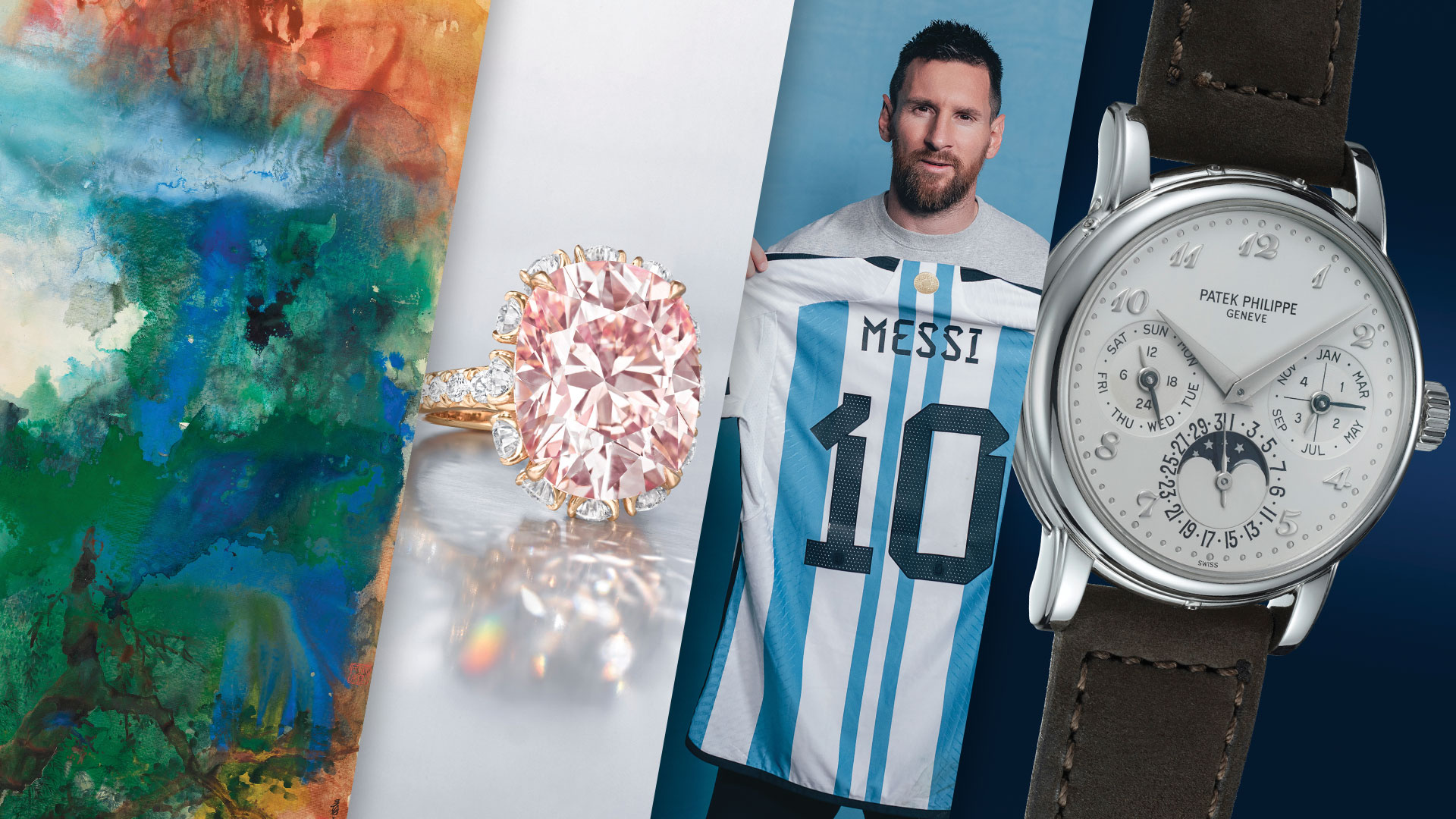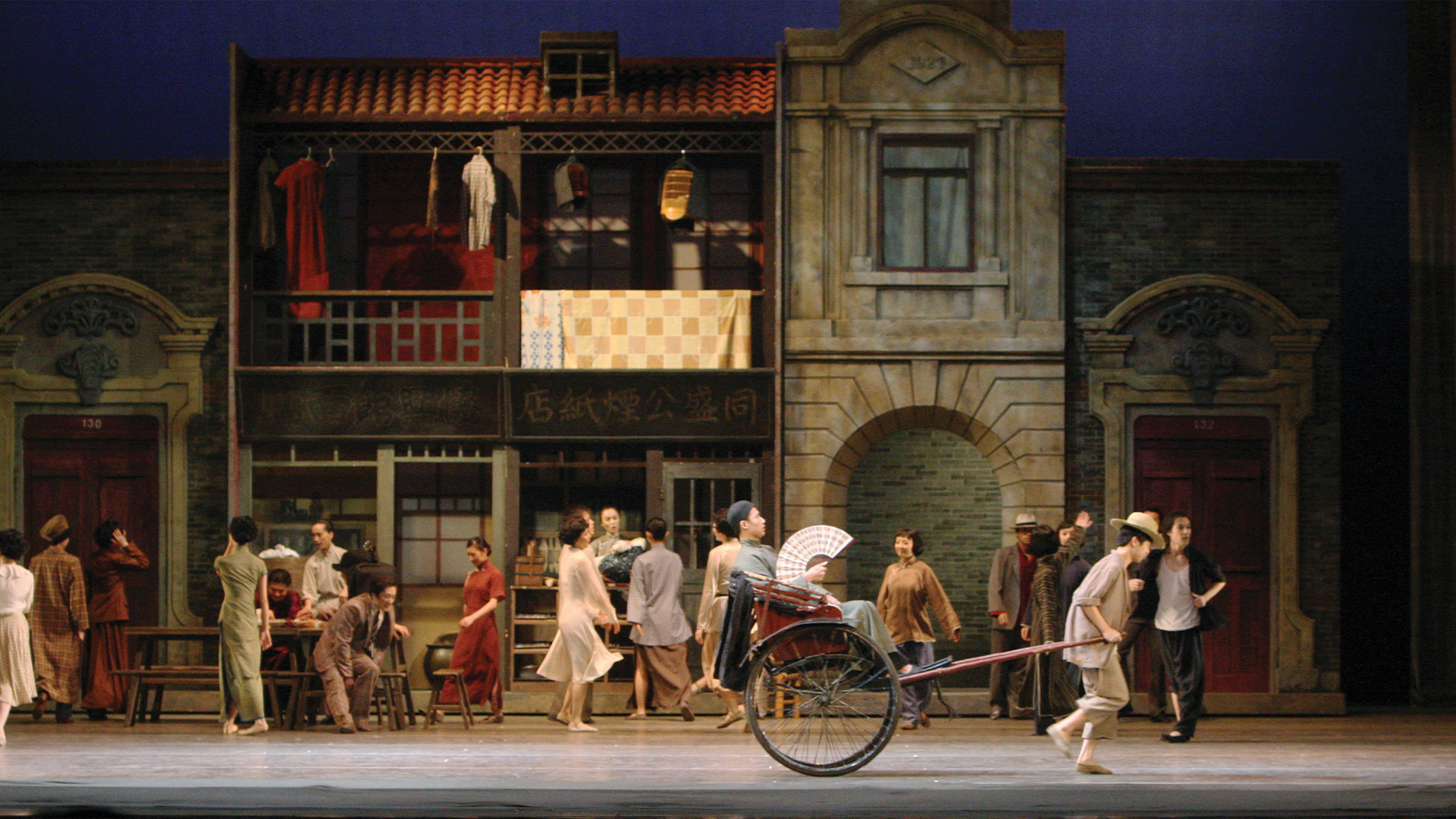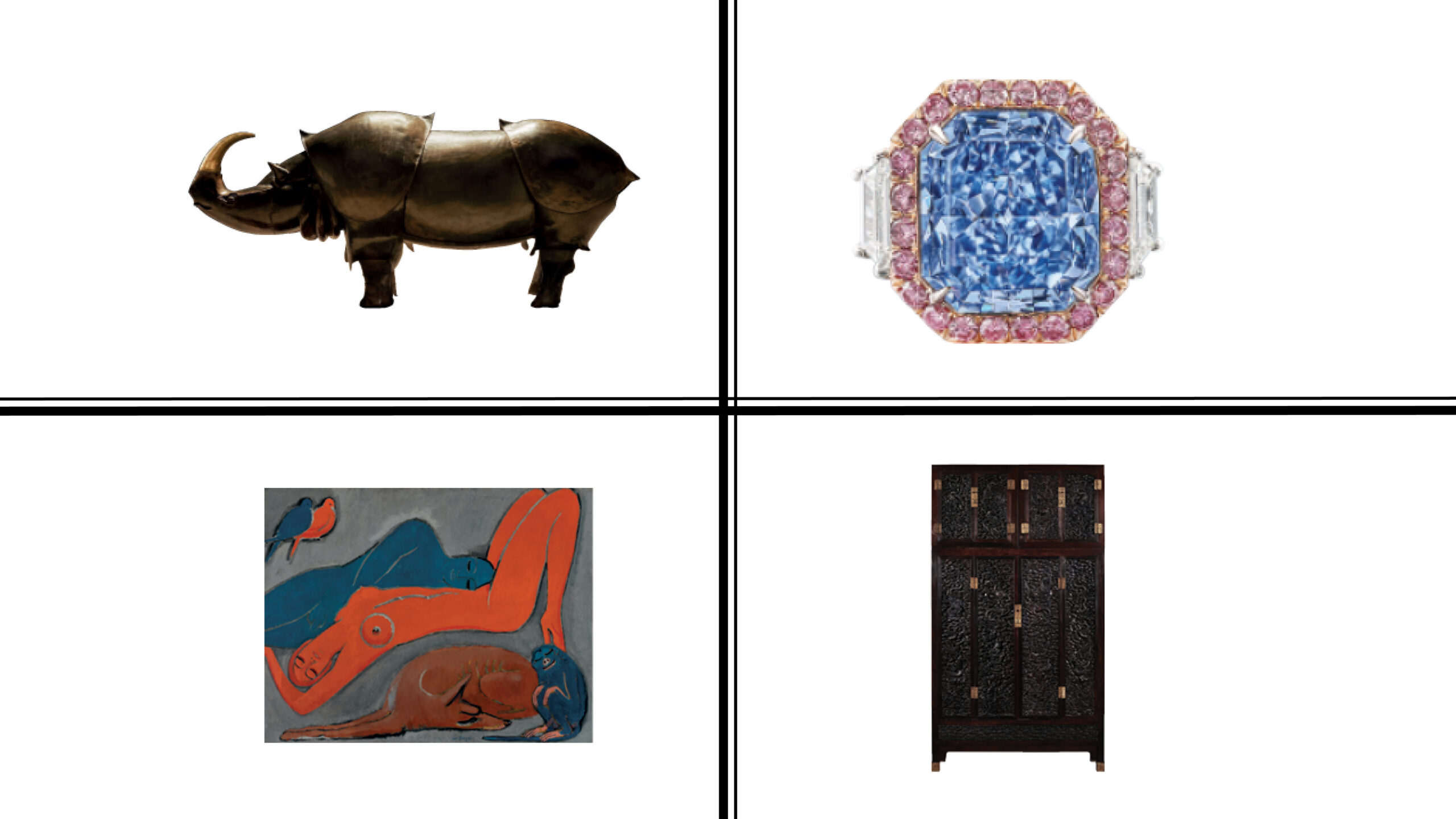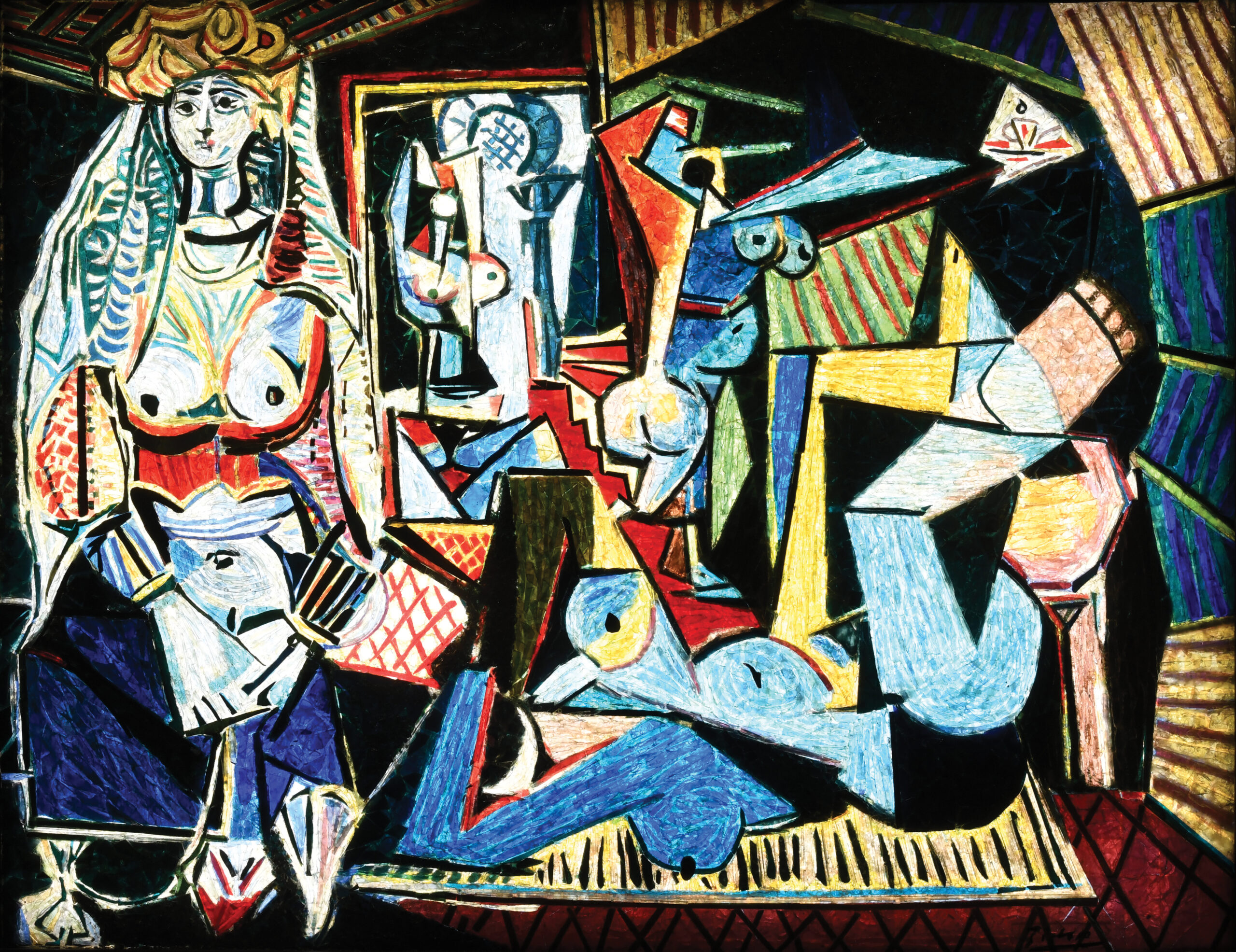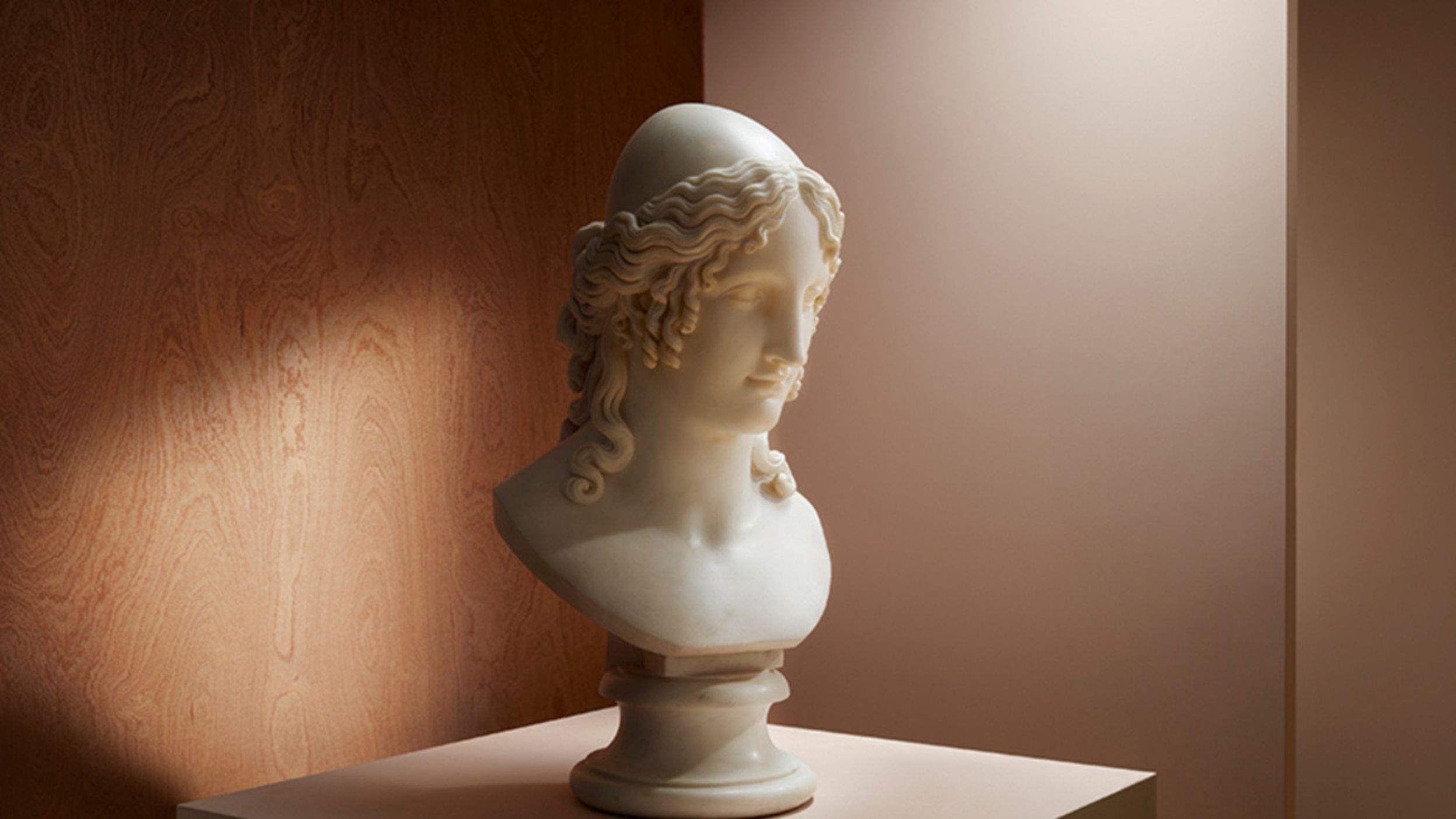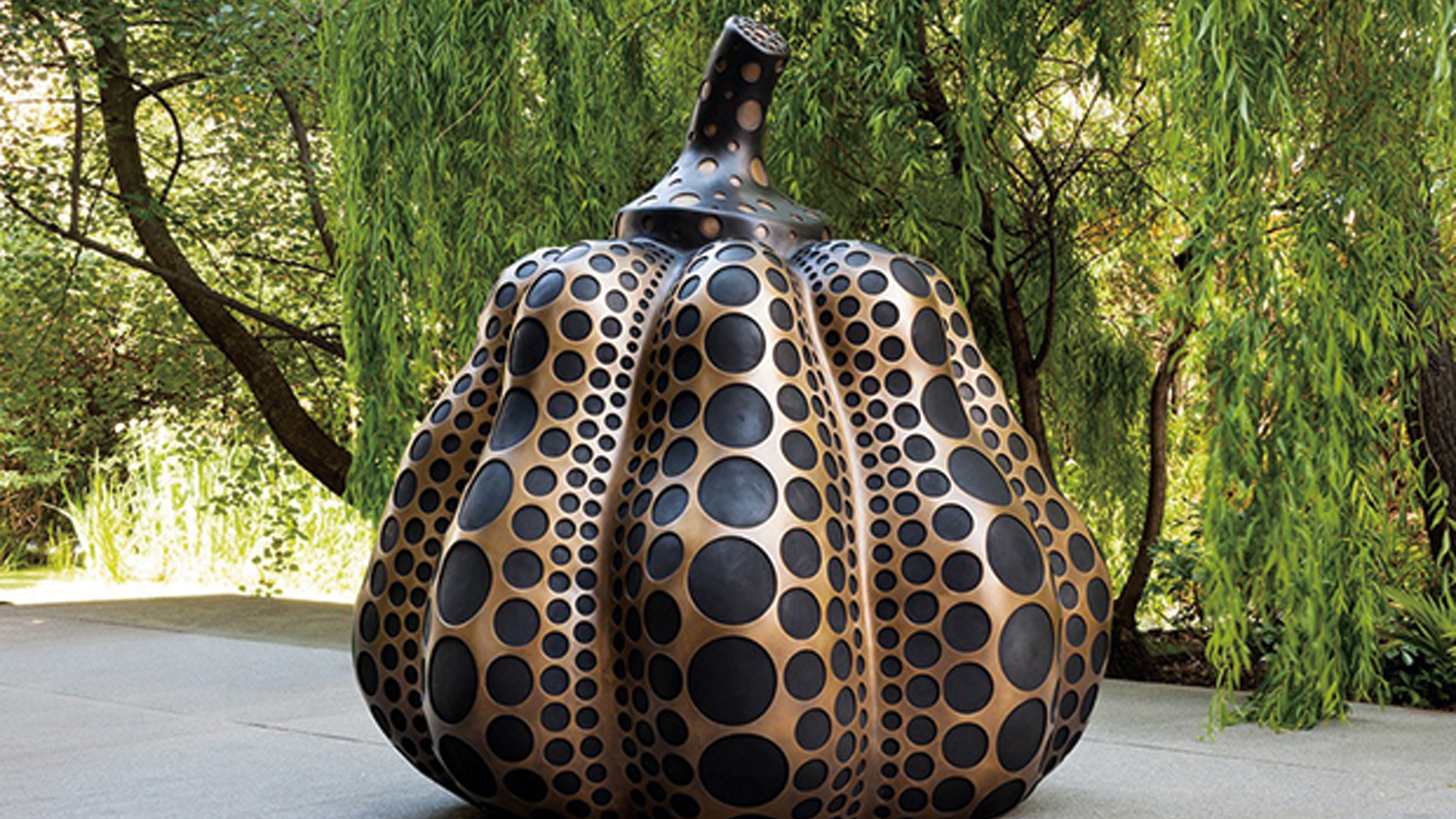
Breaking Records: The Latest Auction Bids
A jadeite necklace that is an ode to the Qing emperor, a unique luminescent moon jar, a painting that beautifully depicts Indian mythology or Yayoi Kusama’s famous pumpkin sculptor – all these latest history makers at auction houses have proved that a masterpiece that exudes rareness and creativity will receive unhinged appreciation.
Heavenly gem
Jadeite necklace nod to Qing emperor
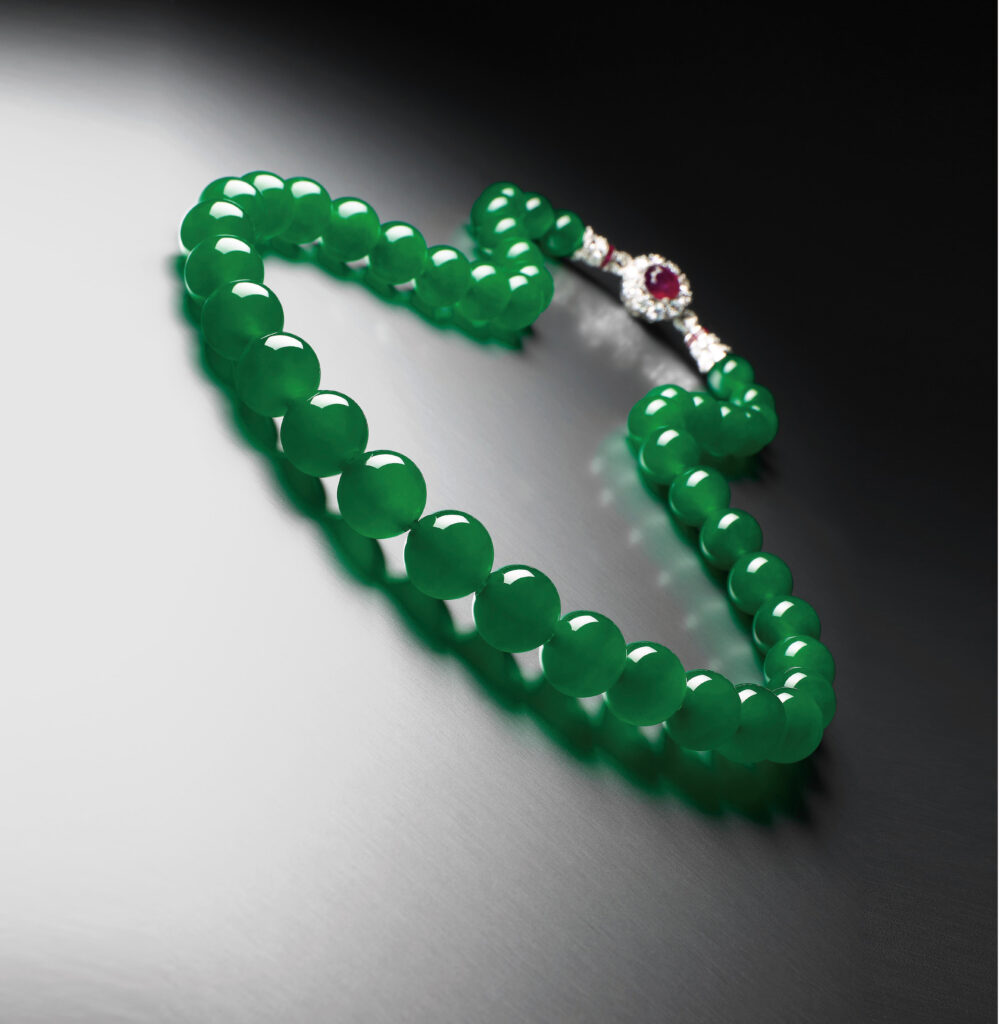
A magnificent jadeite bead, ruby and diamond necklace sold for US$7.8 million at a recent evening sale at Sotheby’s. Bidding was frenzied for this superb decorative piece called The Emperor’s Treasure, and it went for the top amount in The Exceptionals section at the Hong Kong auction. Named after Gems of Heavenly Favour, a collection of rare manuscripts beloved by the Qianlong Emperor (1711-1799), the necklace is composed of 43 slightly graduated jadeite beads varying in size from 11.55mm to 13.05mm. The best jadeite has fine translucency and a deep emerald-green hue. These beads attain these high standards, earning the right to be called ‘Imperial Green’ in an association of nobility and majesty befitting an emperor. Their intense, lustrous green is juxtaposed by the colour and sparkle of the clasp that secures them around the neck. Crafted from 18-karat white gold, the bejewelled fastening is highlighted by a central cushion-shaped ruby surrounded by calibré-cut rubies and rose- and brilliant-cut diamonds. In 2014, a Hutton-Mdivani Imperial Green jadeite necklace sold for HK$214.04 million at Sotheby’s Hong Kong, setting the auction record for jadeite jewellery.
Glaze gazing
Korean moon jar rockets to astronomical figure
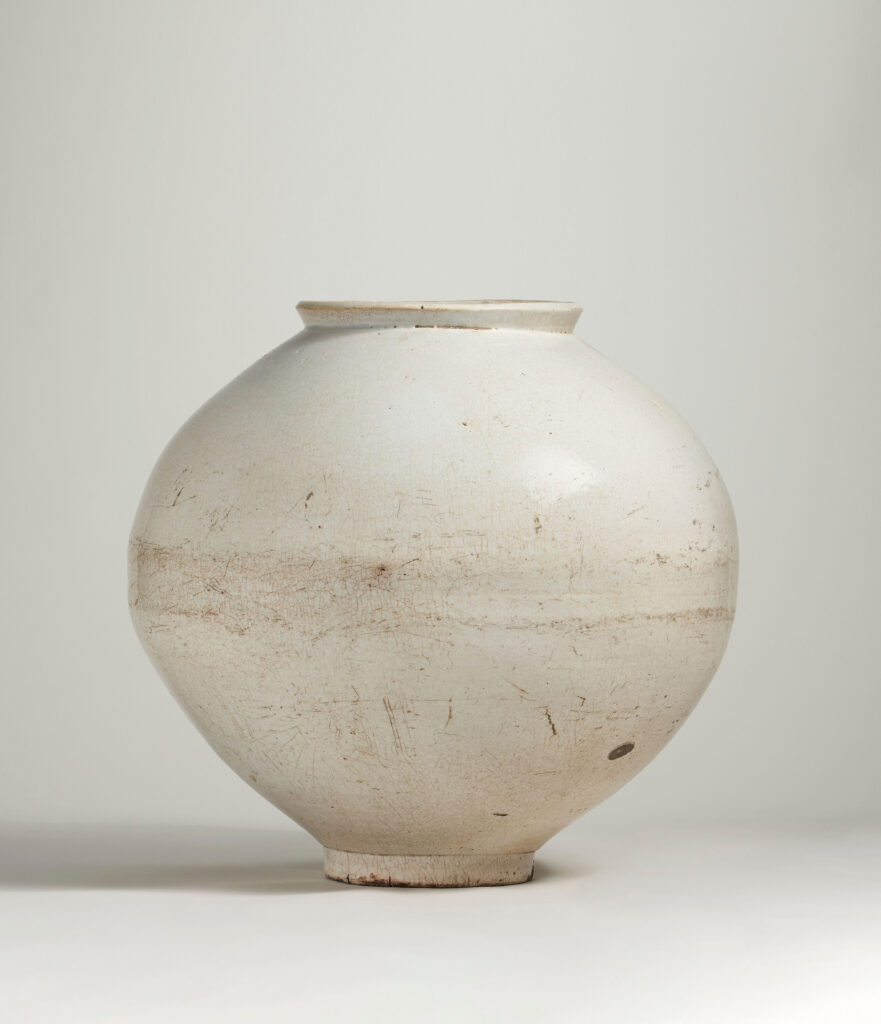
An important white porcelain moon jar set a new record for this distinctive and collectible category of Korean pottery, with the final bid rising to US$4.56 million at Christie’s sale of Japanese and Korean art in New York. The jar originates from the 1700s during the culturally rich Joseon dynasty. It notched up the highest price – far exceeding its $1 million estimate – during a special Asian Art Week at Christie’s, which also saw a buyer ride off with Hokusai’s Great Wave woodblock print for US$2.8 million, a record for the legendary Japanese artist. Large for a traditional moon jar at 46cm high, the prize lot is considered a superb example of its type from the 18th century, which is extremely rare. The gentle white sphere is covered with a translucent glaze from its everted mouth to its high, narrow foot. On close examination, areas of crackle are discernible, especially around the central seam where the two parts of the jar have been joined together. Minute traces of impurities in the glaze have produced variations in the smooth surface. Christie’s sales of Japanese and Korean Art achieved a total of $11,413,992, with registered bidders from 22 countries in total.
Goddess of Might
Painting of Durga a roaring success
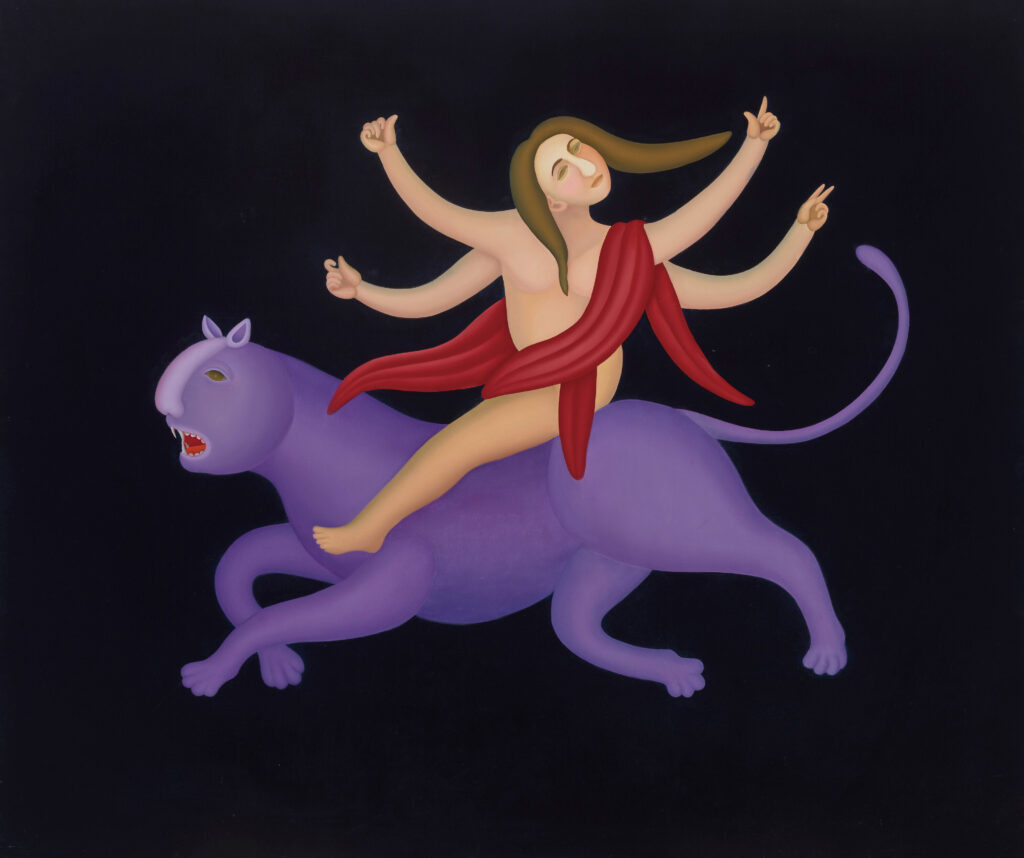
Manjit Bawa’s Untitled (Durga) went under the hammer for US$1.98 million at Christie’s recently, setting a new global auction record for the artist. In this monumental and imposing painting from 2004, Bawa presents the goddess Durga, the supreme female deity of the Hindu pantheon, mounted on the back of her vehicle or vahana, a lion. Durga is also known as Shakti or Devi, the protector of all that is good and harmonious in the world. However, this goddess is perhaps most renowned as Mahishasuramardini, the slayer of the invincible buffalo demon Mahishasura, created by the demon king Rambha. Although Durga is instantly recognisable here, Bawa’s version of the emblematic goddess embodies a delicate purity and all-pervasive truth, reflected through the meditative qualities of his own aesthetic and technical prowess. The artist died in 2008, and this painting was last sold at auction in 2014. Greatly inspired by Indian classical artistic traditions, his work often incorporated elements from various genres and periods. Bawa visited specific mythological themes throughout his career, depicting iconic gods and goddesses like Shiva, Krishna and Durga.
Pumpkin high
Record price for polka dot bronze
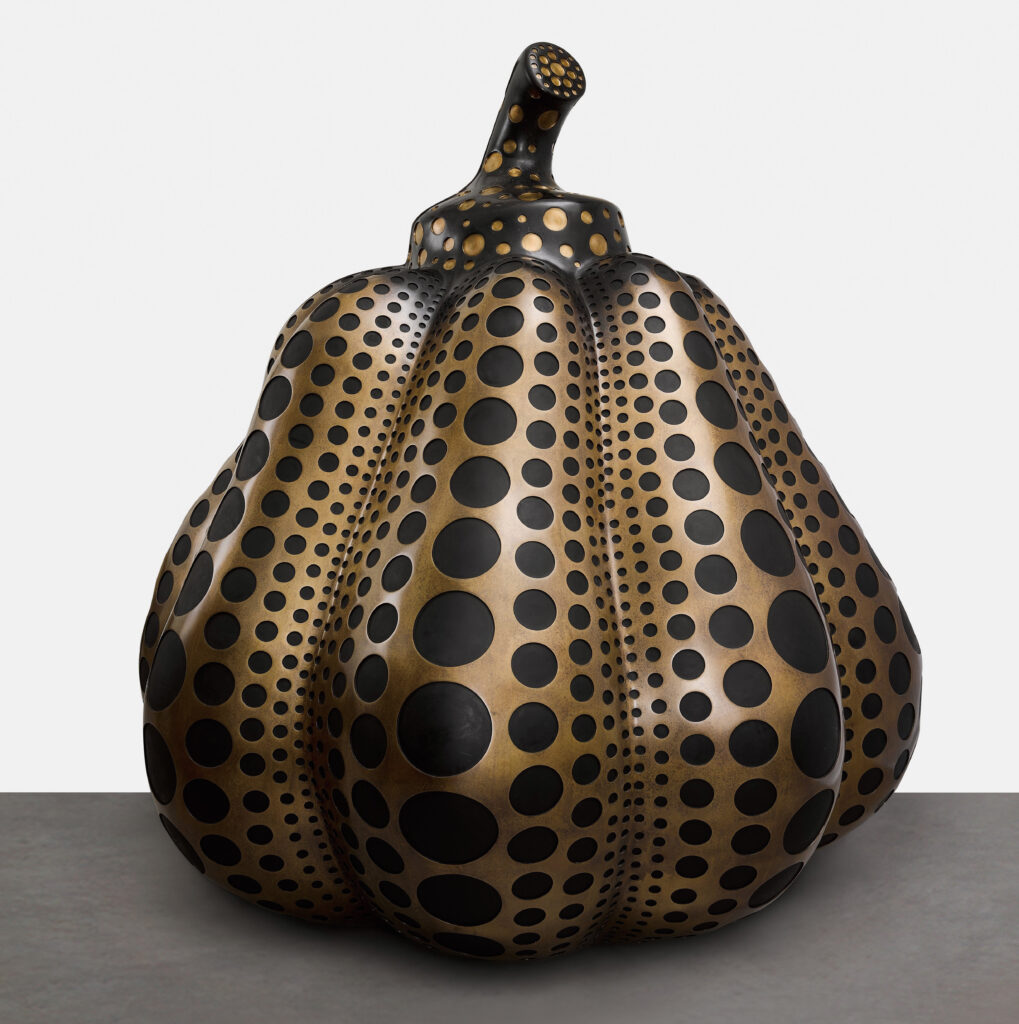
Yayoi Kusama’s bronze Pumpkin (L) fetched the highest price realised for a sculpture by the artist at Sotheby’s 50th Anniversary Contemporary Art Evening auction last month. Imbued with her trademark polka dots, this impressive example of Kusama’s highly coveted sculptural pumpkins – the eighth and final of an edition completed in 2014 – went for US$8 million. Beautifully materialised in bronze, the Japanese artist’s iconic striations of multi-sized polka dots meticulously encase the pumpkin from stem to base. One of the most admired and universally recognisable images of contemporary art today, the pumpkin is central to the 94-year-old’s widely celebrated oeuvre, appearing throughout her work from flat canvases and abstract paintings to gallery-wide installations. The bronze Pumpkin (L) is a prime example of Kusama’s unique ability to collapse the division between her own consciousness and the external world. Widely considered the most important artist to have emerged from Japan in the post-war period, Kusama was a contemporary of Andy Warhol and her pop art influenced his. Hong Kong’s M+ Museum retrospective of her work concludes on 14 May.



